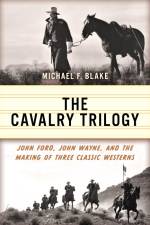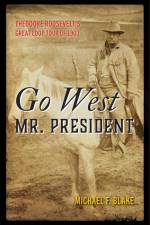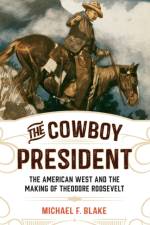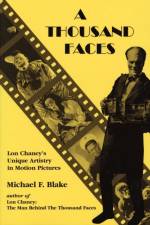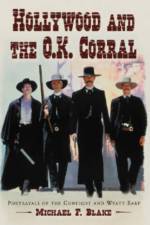av Michael F. Blake
289,-
Like other filmmakers in post-WWII Hollywood, John Ford (already a three-time Best Directing Oscar winner), longed for the freedom and independence to make his own films, away from the dictates of studio executives. Then, in 1946, Ford and producer Merian C. Cooper (King Kong) decided to form their own production company, Argosy Productions. But their first venture was a financial flop, burdening the new company with heavy debt.Ford turned to the Western genre to help his flagging company, adapting James Warner Bellah's short story, "Massacre." Fort Apache, released in 1948, starring John Wayne, Henry Fonda and Shirley Temple, was popular at the box office and with film critics.The following year, She Wore a Yellow Ribbon, was released to a positive critical reception a brisk business at the box office. This film was the only one in the cavalry trilogy shot in Technicolor, going on to win the Academy Award for Best Cinematography.Rio Grande (1950), the final film in the triad, was produced by Republic Pictures (the first of a three-picture deal with Argosy Productions) and marked the first pairing of John Wayne and Maureen O'Hara. Because of the film's box office success, Republic Pictures greenlit Ford's dream project, The Quiet Man (1952).John Ford's cavalry trilogy is considered some of his finest work, although Ford always claimed he never intended to make a trilogy. The reality is the first two films were produced to financially help his company, while the final one served as a means to getting his dream project produced.The Cavalry Trilogy illuminates how each film was made, from pre-production to its theatrical release. Along the way, readers learn why Ford loved his favorite location (Monument Valley), how various stunts were achieved, and how Ford used his unique style in various scenes (called a "Fordian touch" by film critics and scholars). In addition, each film includes an analysis of Ford's scene construction and character development. Illustrated with numerous behind-the-scenes photographs, many which have never been published before, and screen captures from the cutting room floor, this book is the ultimate gift for John Ford fans and readers who love to discover the grit and glamour of Hollywood's Golden Age.

